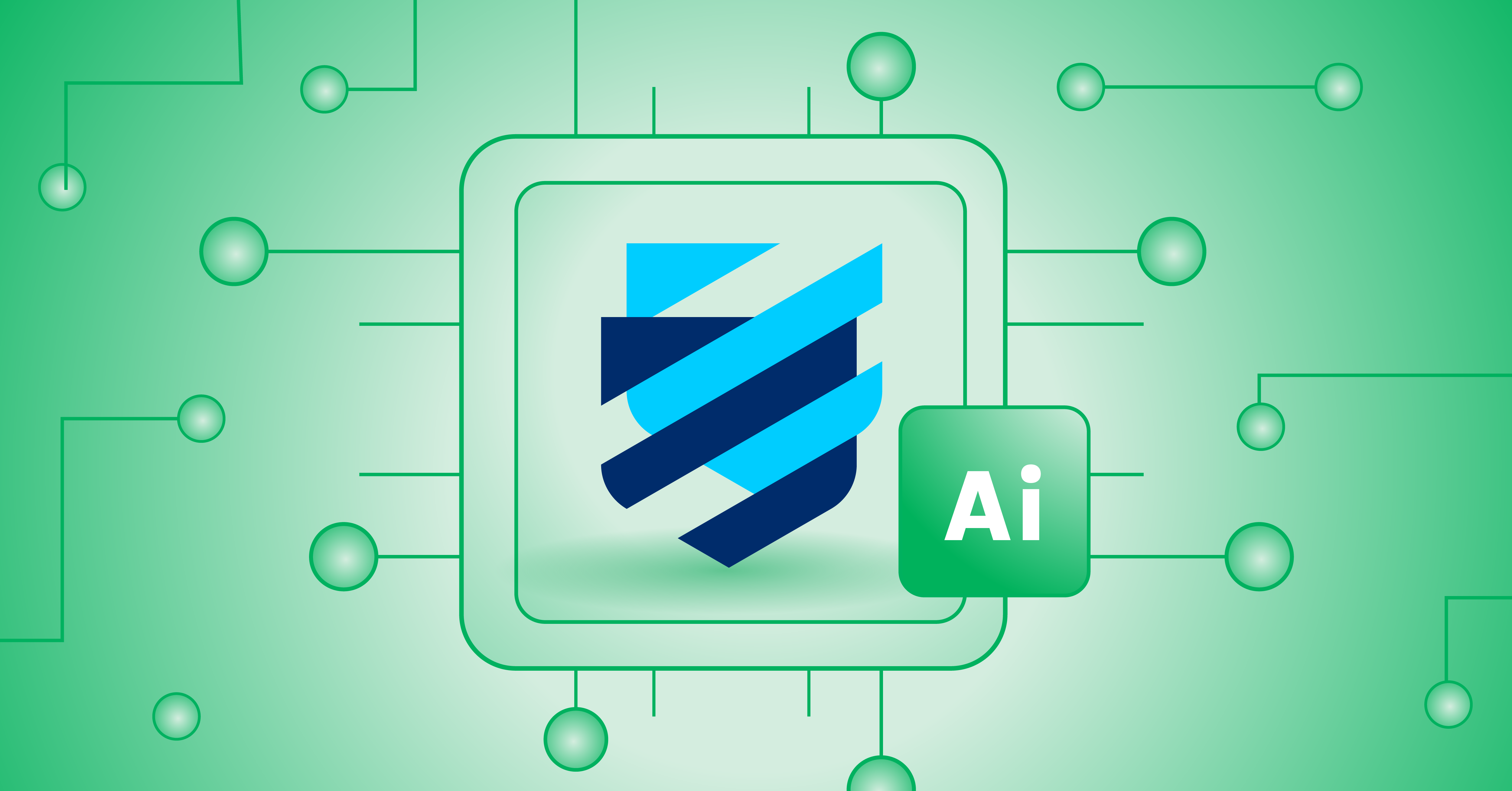- Juni 23, 2024
- 11 min
Headless Commerce: Everything You Need to Know
Magnolia in Aktion
Unser Expertenteam zeigt Ihnen live, was Magnolia für Sie leisten kann.
Jetzt Demo buchenHeadless commerce is an ecommerce architecture in which the front end of the online store is decoupled from the backend. It provides a high level of technical flexibility, which for brands translates into the ability to build a platform suited to their needs.
Combining an ecommerce solution with a headless CMS is the ideal approach for businesses seeking to maximize their headless commerce capabilities and improve their control over the user experience journey. Salesforce, Commercetools, BigCommerce are three headless commerce integrations that work well with Magnolia.
Explore examples of headless commerce in action. Riedel, one of the world’s leading manufacturers of high-quality glasses and decanters, leveraged Magnolia CMS to build an industry-leading digital experience.
Retail ecommerce sales are estimated to reach $6.3 trillion worldwide in 2024, and this figure is expected to grow in the coming years.
Statista's Digital Market Insights reveals that last year, revenue from mobile ecommerce sales reached an estimated $1.7 trillion, accounting for over 50% of all retail ecommerce sales. Mobile device’s proportion has consistently increased over time, going from 43% in 2018 to a projected 63% by 2028.
Desktops, laptops, and tablets are falling behind in customers’ preferences, as smartphones accounted for nearly 77% of global retail site traffic in the first quarter of 2024.
Brands that want to keep up with these changing customer habits need a new approach to satisfy the growing commerce and content demands. Headless commerce can be the solution that helps these brands keep up. This article covers everything you need to know about headless commerce.
What Is Headless Commerce?
In headless commerce, the storefront frontend and the ecommerce platform backend are separated. This allows brands to manage the ecommerce capabilities and alter the presentation layer as they see fit, providing a shopping experience on desktop, mobile, or any internet-connected device.
Headless commerce relies on the same headless architecture as a headless CMS. Rather than restricting developers to displaying content on one channel, brands can connect to various frontends with the help of APIs with the headless commerce approach.
In a traditional commerce platform, the storefront and the ecommerce backend are joined together. This makes it possible to display products on a desktop website for easy online shopping.
Unfortunately, traditional commerce platforms place constraints on the number of channels where content can be displayed.
On the other hand, headless commerce provides increased flexibility since the storefront is separated from the ecommerce platform backend. This way, brands can manage all of the content for their storefronts in one place and then display it on any device they choose.
Ecommerce is intertwined with almost every aspect of a business and marketing strategies for brands. As long as a brand sells a product, it has an ecommerce component. And brands that aren’t currently associated with ecommerce in some way will soon be making the necessary changes to embrace ecommerce fully.
Why is that?
Consumers have benefited from more devices connected to the internet than ever before. The number of connected devices will only rise, bringing with it more channels for buyers to utilize. In order to cope with this increase in channels, brands have taken a headless commerce approach to continue delivering the desired customer experiences.
However, managing the headless commerce experience means relying on a content management system capable of delivering content to all channels. That means that a headless commerce strategy needs a headless CMS platform to make the most of every channel.
Keep in mind that content that is both valuable and easy to find is what attracts customers to a brand. The channel where that content is delivered isn’t all that important. What is important is that the channels chosen are relevant to the brand and that the content is suited for the desired audience and delivered to them at the right time.
Content has been known to improve customer experiences. However, improvement isn’t enough; the experience must also be omnichannel.
Learn more about enterprise headless commerce.
Magnolia for Ecommerce
Magnolia is an excellent content management and experience platform for ecommerce. It’s very convenient for fast enablement and experimentation, and ready for scalability and growth.
How Headless Commerce Supports Omnichannel Retail
Most retail companies believe that conducting marketing campaigns using only one channel is no longer enough to meet today’s savvy consumer demands. As a result, omnichannel is becoming the norm for businesses that want to compete today, and the changing digital landscape is fueling it with the growth of omnichannel retail.
What Is Omnichannel Retail?
Omnichannel retail is the combination of separate retail channels into one seamless buying experience for customers.
In years gone by, customers may have made purchases using one channel, such as buying at a brick-and-mortar location or an online store. As consumers interact with companies across multiple channels and digital touchpoints, there is a need for a new approach.
Understanding the difference between omnichannel and multichannel is a challenge for some, but a simple rule of thumb helps to understand the difference better. A multichannel experience focuses on having content on multiple platforms. On the other hand, omnichannel gets some other things right compared to a multichannel approach.
Content isn’t just presented on multiple channels. Instead, it is also personalized to the consumer and their unique needs. As you can see, multichannel misses the focus of an omnichannel approach, so choosing the right platform is key.
Brands have been using multiple channels to reach their customers for some time, but a multichannel approach can keep things siloed. If a customer goes to a store to search for an item, they may want to research it on their phone while in the store. In a multichannel retail system, these channels are disconnected, so the same items may not be available online as in-store, and they wouldn’t know.
However, with omnichannel, customers can find clear indicators about which parts are exclusive to one location and make the choice they want. We are currently undergoing a period of digital transformation in almost every sector. Those who want to survive and thrive in this new environment embrace it.
However, with omnichannel, customers can find clear indicators about which parts are exclusive to one location and make the choice they want. We are currently undergoing a period of digital transformation in almost every sector. Those who want to survive and thrive in this new environment embrace it.
A headless CMS could help unlock success for retailers that want to get their omnichannel strategy right and combine it with an effective digital transformation movement.
With so many channels to interact with consumers, commerce, especially in the digital landscape, is no longer one dimensional. Headless commerce, when combined with a headless CMS which helps prepare brands for the future of content delivery, is the key to making it all work.
Coping With Changing Consumer Behavior
Where customers shop is also having a significant impact on the growth of omnichannel retail. For instance, social media is no longer just for browsing but instead offers an additional channel that retailers can use to target consumers.
According to Statista, social commerce is worth $1.69 trillion as of 2024, a 30% increase from the previous year. Consumers aged 18 to 34 are the most into buying through social media, with 73% reporting they’ve bought something via social media channels.
Buyers favor newer channels to do business on because it provides convenience and speed, making the experience much more enjoyable. Here are some headless commerce benefits for retailers and ecommerce store owners.
Benefits of Headless Commerce
Future-proof Flexibility
Headless commerce enables you to deliver content to new channels and digital touchpoints, whether they have been invented yet or not. By decoupling the backend content management layer from the front-end presentation layer, it’s possible to customize the frontend to cater to any channel, while also enabling developers to use any frontend technologies they deem fit.
All of this enables your brand to become future-proof with the ability to adjust as needed to new and emerging technologies without having to re-platform to a new system.
Omnichannel Personalization
Personalization, when done right, as many ecommerce personalization examples can attest to, gives retailers the perfect opportunity to respond to changes in customer behavior and tailor content specifically for their needs. The first step in an ecommerce personalization strategy requires companies to gather data about their customers, including their buying habits, preferences and location. Once armed with this data, omnichannel commerce becomes much easier since retailers can create targeted offers based on specific segments.
How brands interact with their customers plays a crucial role in converting and retaining them. Personalization helps them do that with content focused on an individual’s particular needs and interests.
Personalizing content based on real-time insights from their journey can make the difference between customers completing their checkout or not. But it can’t just be surface-level, either. The real goal is to create a hyper-personalized experience that adapts to local languages, markets, and more.
Learn more about: What is ecommerce personalization?
Increased Customer Loyalty
The other significant benefit of headless commerce comes in the form of increased customer loyalty.
With integrated experiences across multiple channels, brands can implement full-scale reward programs. These programs allow customers to interact with brands across various locations and touchpoints, rewarding their customers each step of the way.
Customers don’t just want content delivered throughout the checkout process. They demand individualized content that adjusts to their current context, including location, previous purchases and search history.
What About B2B Headless Ecommerce?
How headless commerce works for B2B companies is the same as that of B2C companies. The concept of changing customer behavior also applies to the decision-makers in B2B companies.
The global B2B ecommerce market size is estimated to reach $20.9 trillion by 2027, expanding at a CAGR of 17.5% between 2020 and 2027.
In order to cope with this increased demand, businesses should consider adopting a B2B headless commerce platform. With the right headless commerce framework for B2B that incorporates an ecommerce platform and a headless CMS, B2B brands can continue to drive similar results in the coming years.
Why You Need More Than an Ecommerce Platform
Companies that want to capitalize on ecommerce’s growth may wonder why they can’t just use a platform such as Shopify or BigCommerce. Yes, these platforms support headless commerce, and using headless commerce to solidify your omnichannel approach to ecommerce is one way to take the customer journey to the next level.
But, the reality is that to do headless commerce right, you need a headless CMS as your base to handle content, documents, personalization, marketing campaigns, and the overall experience — working in tandem with an ecommerce solution. It needs to be capable of dealing with the intricacies of an omnichannel content strategy and helping you to adapt it to your ecommerce stack.
Omnichannel retail wouldn’t be possible without the technology to transform a multichannel offering into a seamlessly connected one. Magnolia’s ecommerce capabilities allow you to do just that by utilizing headless commerce.
Using a digital experience platform like Magnolia for your ecommerce needs allows you to leverage the headless functionality to connect to any frontend and the benefits of Magnolia’s connector packs and integrations.
Headless Commerce Integrations
Combining an ecommerce solution with a headless CMS like Magnolia can provide several benefits for brands hoping to maximize their headless commerce capabilities and gain greater control over the user experience. Here are some headless commerce integrations that work well with Magnolia.
Read more about integrating your CMS and your ecommerce platform.
Salesforce Commerce
Magnolia effortlessly combines forces with Salesforce through Salesforce’s PWA kit or via an SPA. It enables marketers to browse products and catalogs before adding them to pages with editorial content. Salesforce’s robust ecommerce system provides features for mid-market companies all the way to those at the enterprise level, while leveraging powerful APIs.
Commercetools
Magnolia’s connector for commercetools enables you to build digital shopping experiences that combine content and commerce. Marketers can manage campaigns without developer support and create personalized experiences that increase conversions.
As a Magnolia connector, several out-of-the-box features are available, including the ability to view and manage products, product catalogs, and product categories from commercetools directly in Magnolia, REST APIs for cart and checkout, and ecommerce templating functions for accessing products and other content.
BigCommerce
With a BigCommerce integration, Magnolia enables marketers to deliver a seamless ecommerce experience across mobile, desktop, tablets and even wearable devices. Both platforms leverage similar DX architecture, allowing for easy integration of merchandising and digital wallets with the ability to create, manage, personalize and publish content online.
Headless Commerce Case Studies
Here are some examples of headless commerce in action.
Riedel Creates a Cutting-Edge Customer Experience
Manufacturers of high quality glasses and decanters, European manufacturer Riedel, wanted to update its site architecture to streamline the experience across its B2B, B2C and brand websites. Content needed to be adjusted to the preferences and requirements of each market, including changes to language, payment methods and also taxes for their global audience. Plus, data needed to be transferred easily between the different stores.
By leveraging commercetools microservices architecture and Magnolia’s decoupled architecture, Riedel was able to combine content and commerce to provide a unified content experience with content stored in one central database before being distributed to any location required. The result is a better customer experience, lower costs and simplified workflows.
Read more about how Riedel leveraged Magnolia CMS to provide an industry-leading digital experience.
Dippin Dots Enhances Functionality With Better Integrations
US-based ice cream manufacturer Dippin Dots needed to replace their outdated legacy ecommerce system with a modern tool that improved payment options without limiting their marketers. Despite using Magnolia CMS for years, their eCommerce capabilities didn’t allow them to integrate new payment methods to improve the customer experience.
By using Magnolia’s integration connectors, they easily switched to BigCommerce, enabling them to provide better eCommerce options while still using Magnolia’s preview and customization capabilities.
Read more about why Dippin Dots chose to upgrade its previous system.
Magnolia: Your Headless Content and Commerce Partner
Just like any other website, an eCommerce store has multiple moving parts. Magnolia’s eCommerce capabilities and additional connector packs for digital asset management, analytics and more make it possible to connect your favorite software products and extend Magnolia’s functionality.
This best-of-breed approach to building your tech stack allows you to create an eCommerce stack that fits your brand’s unique requirements. Ultimately, helping you boost your omnichannel capabilities and fully embrace headless commerce while speeding up your time to market.









